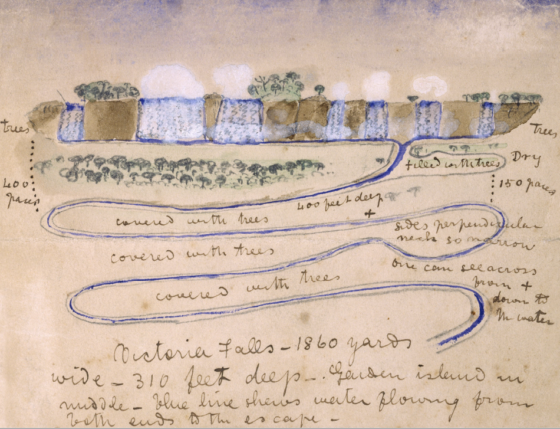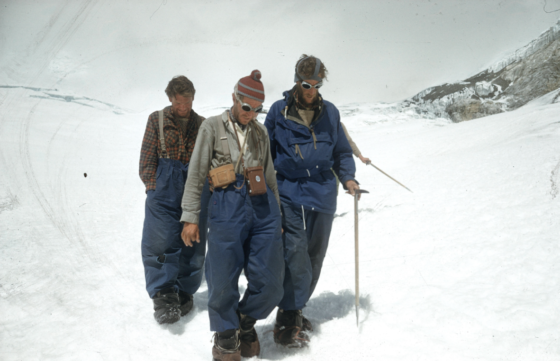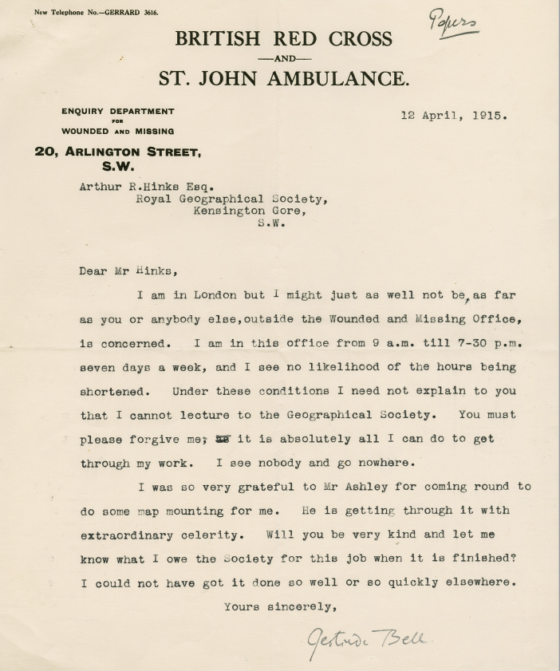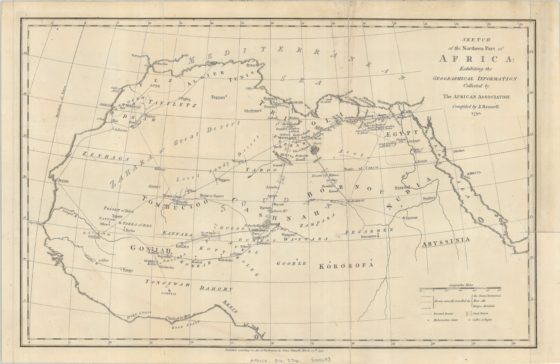The World As We Know It
Founded in 1830 to promote the advancement of geographical sciences, the Royal Geographical Society (RGS) is today a 16,000-member professional organization. Since its beginning as a dinner club where informal scientific debates took place, the Society has been home to notable scientists, geographers and explorers who’ve helped understand and map the world as we know it.
Thorough its history, the Society has successfully advocated for the inclusion of geography in schools and universities, and served as an information exchange for geographers, explorers, soldiers, administrators and naturalists, providing intelligence for academic and state endeavors.
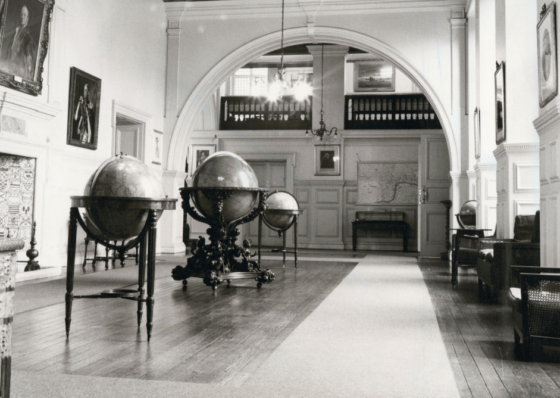
Primary Source Maps and Charts Dating Back to the 1400s
With parts I & II spanning 1482-1899 and 1900-2010 respectively, the Royal Geographical Society (with IBG) digital archive contains more than 150,000 maps, charts and atlases complemented by manuscripts, field notes, expedition reports, scrapbooks, correspondence, diaries, illustrations, and sketches.
The archive is representative of the world’s largest private collection of maps and charts, along with atlases, globes, world gazetteers, and original manuscript mapping dating back to the 1400s that is held in the Society building in London. Some of the most influential geographers of the last two centuries have contributed to the collection.
Notable RGS members and contributors whose works can be found in this archive include Gertrude Bell, John Hanning Speke, David Livingstone, Robert Falcon Scott, Richard Francis Burton, Ernest Shackleton, and Edmund Hillary.
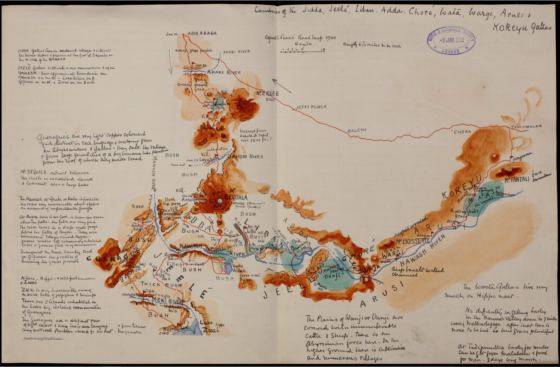
Subjects and Themes
- Agricultural Geography
- Anthropology
- Cartography
- Borders, Nations & Power
- Colonial, Post-Colonial & De-Colonization Studies
- Development Studies
- Earth Sciences
- Environmental History
- Ethnography
- Geography
- Geology
- Geopolitics
- Historical Geography
- International Law, Trade & Policy
- International Relations
- Meteorology
- Physical Geography
- Resources & Land Use
- Urban Studies
Primary Source Materials
- Charts & Plans
- Expedition Reports & Scrapbooks
- Fieldnotes, Correspondence, Diaries & Personal Papers
- Fellowship Certificates
- Gray Literature
- Illustrations, Sketches & Drawings
- Journal Manuscripts
- Maps, Manuscript Maps, Gazetteers & Atlases
- Monographs
- Photographs, Lantern Slides & Artwork
- Proceedings & Lectures
Inside the Archive
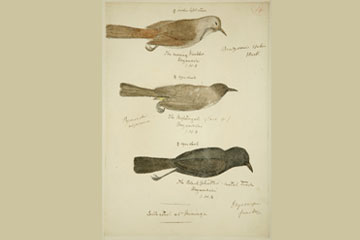
The morning warbler, the nightingale and the black whistler; Expedition of Speke and Grant to the source of the Nile, 1860 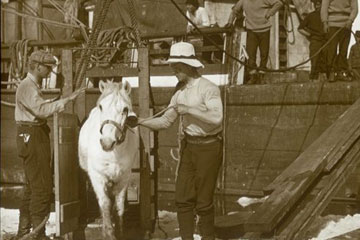
Leading pony on to sea ice, Antarctica, British Antarctic Expedition 1910-13.Artist: Herbert Ponting 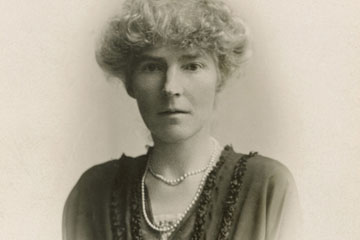
Photo of Gertrude Bell. 1900s. RGS collection/J. Weston and Son 
Geological Survey of England and Wales. Oxford [District]. Parts of sheets 236, 237, 253, & 254. Map, 1908. Source: Royal Geographical Society (with IBG) 
Sextant used by Livingstone in Central Africa. RGS Images Online, 01/01/1850.
Source: Royal Geographical Society (with IBG).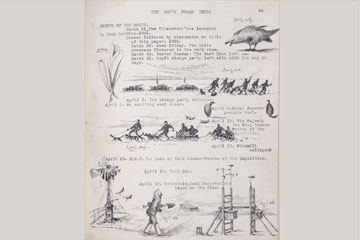
Events of the month - March and April, National Antarctic Expedition 1901-1904, From page 24 of the April 1902 edition of the 'South Polar Times', 01/04/1902
Highlights
Advisory Board
Wade Davis
Professor of Anthropology
University of British Columbia
Felix Driver
Professor of Human Geography
Royal Holloway, University of London
Mona Domosh
Professor of Geography
Dartmouth College
Alison Blunt
Professor of Geography
Queen Mary University of London
David Lambert
Professor of History
University of Warwick


